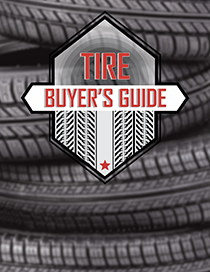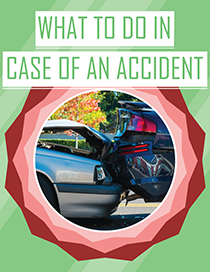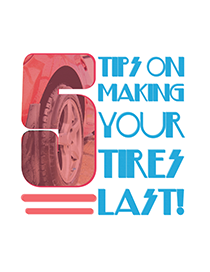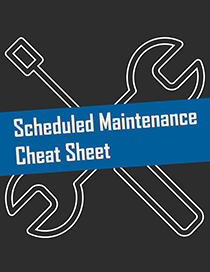What You Should Do if Your Engine Overheats
There are a variety of reasons why your engine may overheat. A common reason is that there is something wrong with your cooling system, preventing heat to escape from your engine compartment.
There are a variety of reasons why your engine may overheat. A common reason is that there is something wrong with your cooling system, preventing heat to escape from your engine compartment. This could be the result of a clogged coolant hose, faulty radiator fan, a leak in your cooling system, etc. Issues with your engine should not be overlooked to avoid costly repairs and permanent damage.
- Taking steps to alleviate overheating can reduce the chance of irreversible engine damage. Look for the following signs to combat the issue as quickly as possible:
- Steam coming from the car hood – can look similar to smoke.
- Your engine temperature gauge shooting to the “H” section or in the red zone.
- depending on your model and make. Check your owner’s manual to make sure.
- An unpleasant smell coming from the engine area of your car. Coolant leaks can often smell sweet while oil leaks smell burnt.
If you notice any of these, it’s time to take your car to the shop. The quicker the issue is resolved, the less damage to your engine, which can save you lots of money in repairs or a whole engine replacement.
In the event that your engine does overheat while you’re in it, here is what you need to do:
- Turn off AC and turn on the heat. Turning off the air conditioner will help to alleviate further stress on your engine. Rather, turn your temperature dial to full heat in an effort to draw heat away from your engine and into your car’s interior.
- Try to find a safe place to pull over. It’s time to pull over and turn your car off completely. You need to allow the engine to cool for at least 15 minutes, monitoring the gauge as time passes.
- Consider calling for backup to tow your car. It’s time to call a friend, roadside assistance, or a tow truck to take your vehicle to your trusted auto shop.
- If driving yourself, add coolant. If you want to wait until your engine cools and drive your vehicle to the shop, add coolant to speed up the process – if you have it readily available in your vehicle. A top-off can help to cool your engine just enough to get you to a close auto shop.
- Time to restart the engine. After you note that the temperature gauge is at a normal level, you can restart your engine and head over to a trusted auto shop. Hopefully, it’s close enough that you won’t need to pull over and cool your engine again. Keep an eye on your temperature and pull over immediately if it gets too hot.
Please stay safe when your car engine overheats. This is not to be taken lightly, so get your vehicle to an auto shop as soon as possible to avoid further damage or jeopardize your safety. We’re more than willing to take a look at your car and get you back on the road.






